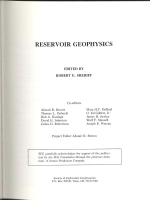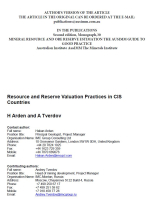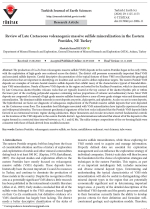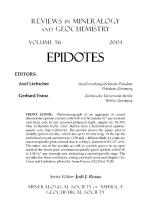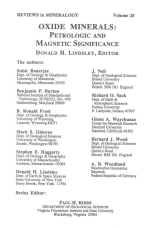You're a petroleum engineer confronting that dreadful question, “Where to drill that next infill well?” Desperation sets in. Production has fallen big time. Management is unhappy. Shareholders are furious. A few months ago, the Wall Street Journal reported that, through 2017, one operator had spaced its wells 330 ft apart, then increased this to 500 ft (see “A Fracking Experiment Fails to Pump as Predicted, B. Olson, July 4, 2019). But the Journal ofPetroleum Technology recently gave different numbers, now “450 ft or 600 ft” (see “Simple Well Spacing Calculations are Inaccurate and Costly,” T. Jacobs, November 2019). Sometime back, the present author recalls a smaller 200 ft. Or something like that. Whatever the specifics, the consensus is clear - too close a spacing may be too bad and too late. <...>


